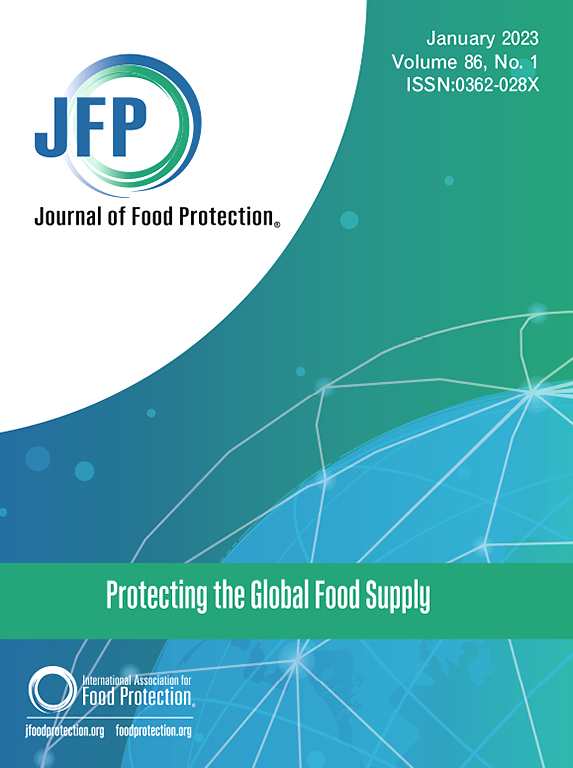The U.S. Food and Drug Administration has guidelines for cooling cooked foods in retail operations. Data on foodborne illness risk factors in restaurants indicate that cooling is often out of compliance with these guidelines. We sought to identify factors under the control of the operator that had a significant effect on the cooling rates of cooked foods. Minneapolis Minnesota Health Inspectors were trained in standardized operating procedures for cooling data collection. Data loggers set to appropriate time intervals and calibrated to ±0.5 °C (∼1°F) were used in data collection. Analysis was performed using the R statistical computing language version 4.2.2. Preexisting pathogen models were used to predict Log CFU increases of Clostridium perfringens or Bacillus cereus. Data from 224 recipes were recorded by inspectors between October 2018 and October 2019. Food depth had a highly significant effect (p = 8.90E−08) on cooling rate. The use of an ice bath or ice wand was also significant (p < 0.005). There was a significant correlation between container material (metal or plastic) and food depth because foods with a greater depth are often being cooled in plastic containers. Foods at a depth greater than 5.1 cm (2 in.) that cooled faster than 0.23 log(°C)/h were often wholly or partially cooled in blast chillers or freezers, cooled using an ice bath or ice wand (or both), or were composed of protein pieces (e.g., chicken wings) that facilitated more rapid cooling due to air gaps in the food. Foods in shallow containers at a food depth of less than or equal to ∼5.1 cm (2 in.) that cooled more slowly than 0.23 log(°C)/h were being cooled at temperatures greater than 5 °C (41°F) or were partially or wholly covered. These foods also showed little evidence of pathogen growth from predictive models. Our analysis shows that cooling foods in shallow containers at a food depth of less than or equal to ∼5.1 cm (2 in.) poses little risk of significant pathogen growth.


